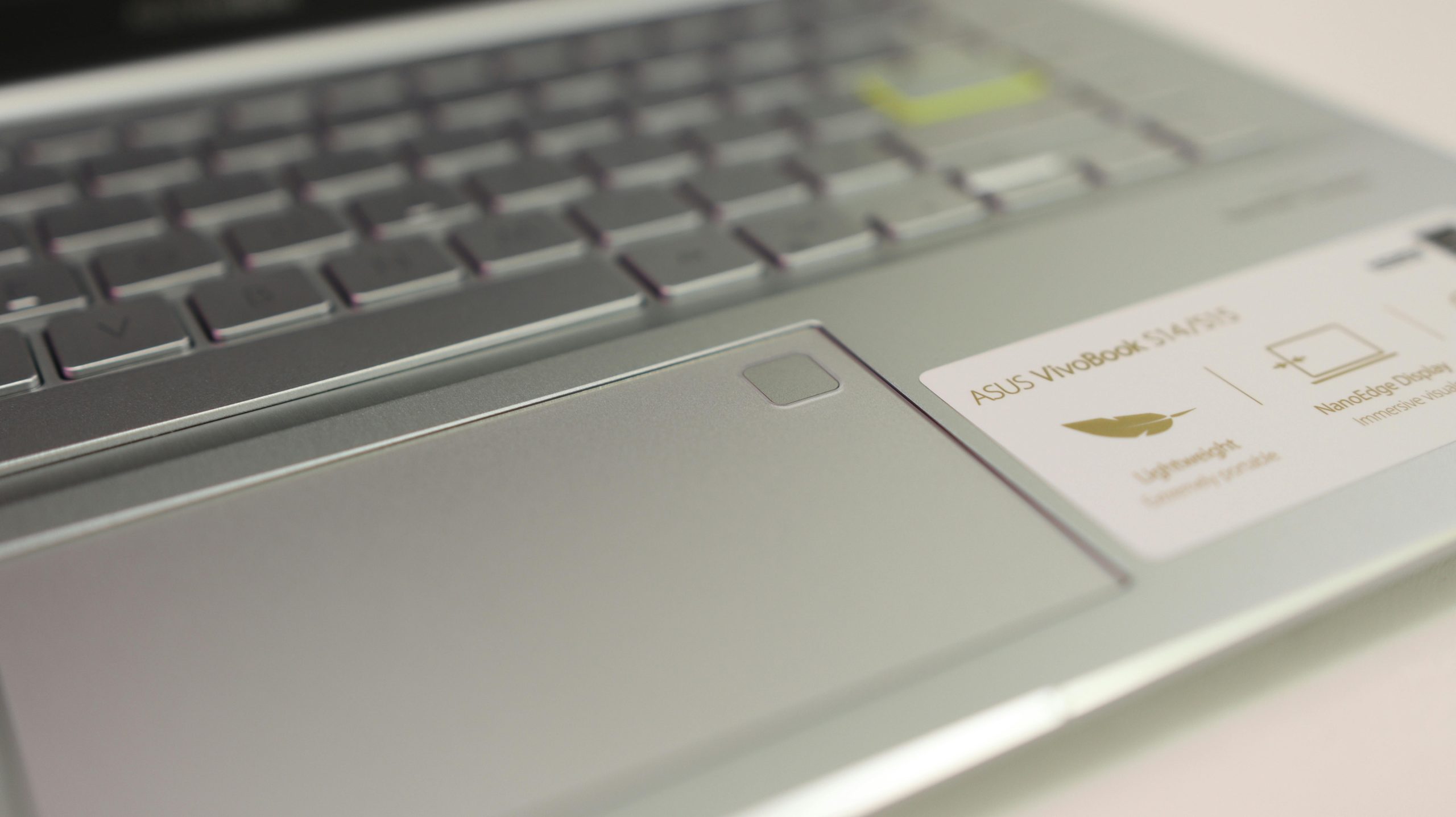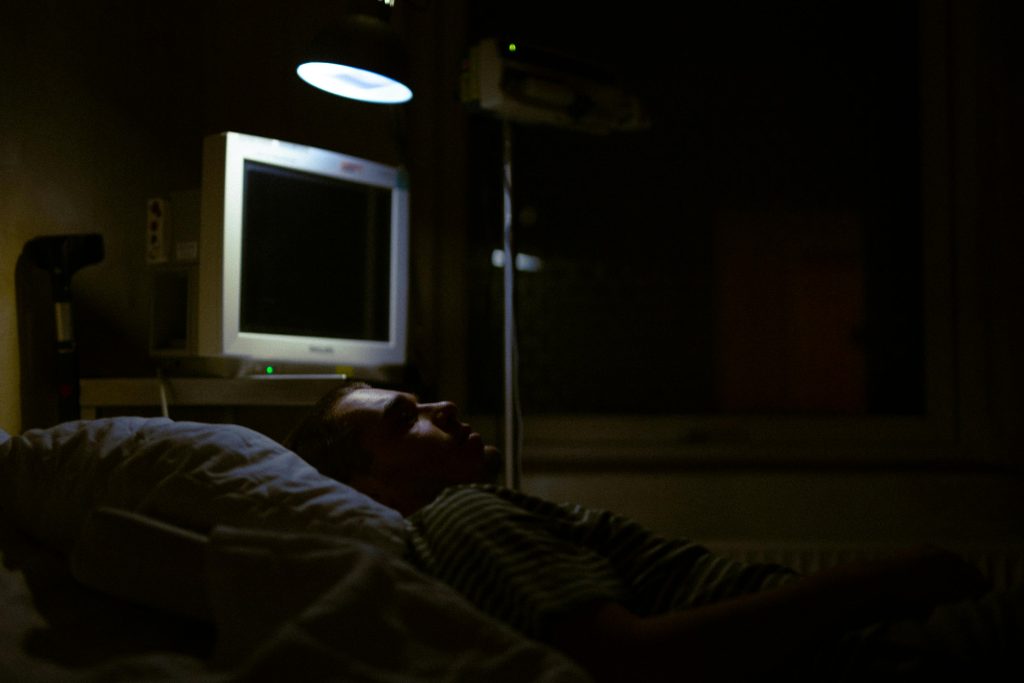Troubleshooting a SSD Recognition Issue in ASUS VivoBook Pro K3500PH: A Step-by-Step Guide
Introduction
Experiencing startup issues with your laptop can be frustrating, especially when it seems to be stuck in BIOS with no recognition of your SSD drive. If you own an ASUS VivoBook Pro K3500PH and find yourself in a similar predicament, this article provides a comprehensive approach to diagnosing and potentially resolving the problem.
Scenario Overview
In this case, the user’s ASUS VivoBook Pro K3500PH suddenly stopped booting into Windows after a routine operation. The laptop entered sleep mode and was subsequently forced into shutdown. Upon restarting, it only boots into BIOS, with the SSD no longer detected. Several troubleshooting attempts, including power resets, did not resolve the issue.
Key Observations:
– BIOS is accessible and stable.
– The SSD is missing from BIOS listings (neither under NVMe nor SATA devices).
– The problem occurred suddenly without prior warning.
– Fans and display function normally, indicating that hardware power is intact.
Potential Causes
- SSD hardware failure or disconnection.
- BIOS misrecognition or corruption.
- Firmware or hardware incompatibility.
- Power or electrical issues causing the SSD to become temporarily unrecognized.
- Physical disconnection or damage resulting from forced shutdown.
Troubleshooting Steps
-
Access BIOS Settings
-
Power off the laptop completely.
- Enter BIOS by pressing the dedicated key during startup (usually F2, DEL, or ESC, depending on the model).
- Confirm whether the SSD is visible in BIOS storage or NVMe listings.
-
If the SSD is still missing, it indicates a detection or hardware issue.
-
Attempt a Power Reset / Hard Reset
-
Disconnect all external devices.
- Power off the device.
- Hold down the power button for at least 30 seconds to drain residual power.
-
Reconnect power and boot the device to check if the SSD appears.
-
Check Connection and Reseat the SSD
-
If comfortable with hardware, power off and disconnect the laptop from power source.
- Remove the back panel following manufacturer-specific instructions.
- Carefully locate the SSD slot.
- Reseat the SSD to ensure a proper connection.
-
Reassemble and boot to BIOS to verify detection.
-
Test with a Bootable USB Drive
-
Create a bootable Windows installation or recovery media using tools like Rufus.
Share this content:



